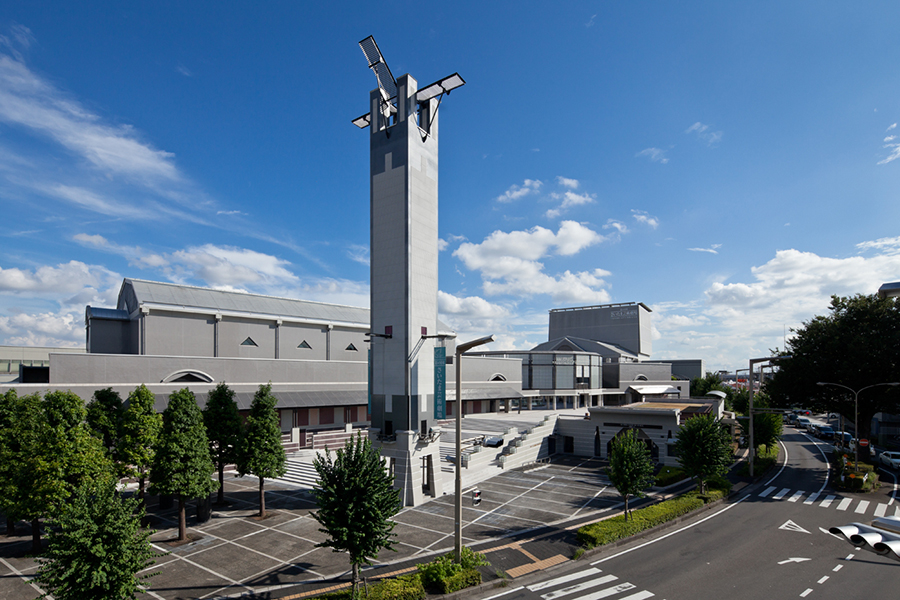
Sainokuni Saitama Arts Theater
Photo: Shigeo Ogawa
https://www.saf.or.jp/en/venues/arthall/
“Crossing” as a theme to make a theater more fascinating
Ryohei Kondo’s next stage as an Artistic Director
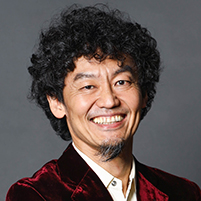
(C) Maiko Miyagawa
Ryohei Kondo grew up in Peru, Chile, and Argentina. He first attracted notice as the principal dancer in one of YAMAZAKI Kota’s works, and since appearing as a finalist in the Bagnolet International Choreography Competition, he has also performed in works by KASAI Akira and KISANUKI Kuniko. In 1996, he launched the dance company Condors and was involved in the composition, images, and choreography of all the works. The members of this all-male troupe all have unique personalities, and the work “Gakuran,” in which the dancers performed wearing junior and senior high school uniforms created a sensation during the group’s earliest days. His richly varied stagings, which contain a rapid succession of scenes and skillfully interspersed dance, images, live music, puppetry, and storytelling, have become extremely popular. Among dance companies, they are unusually motivated to travel, having toured all of Japan, as well as the United States and East Asia.
Condors:
https://www.condors.jp/

Sainokuni Saitama Arts Theater
Photo: Shigeo Ogawa
https://www.saf.or.jp/en/venues/arthall/
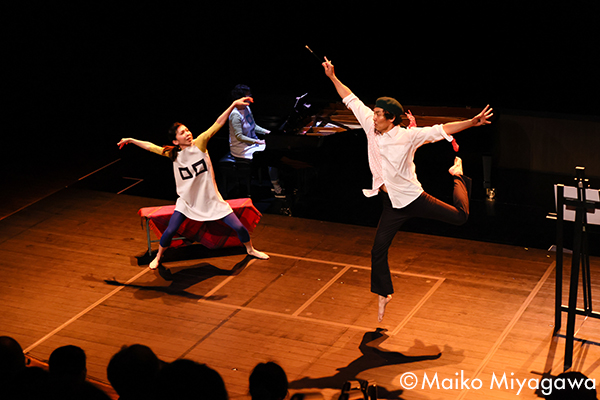
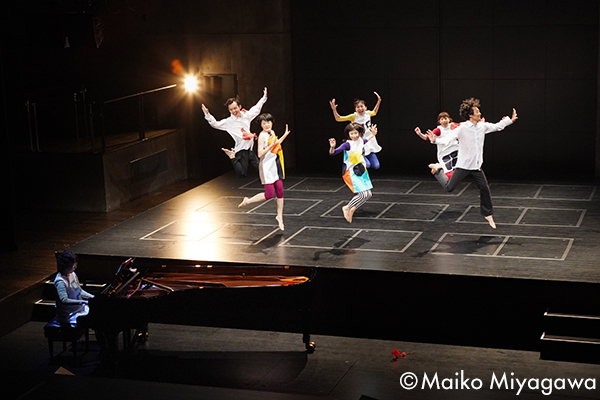
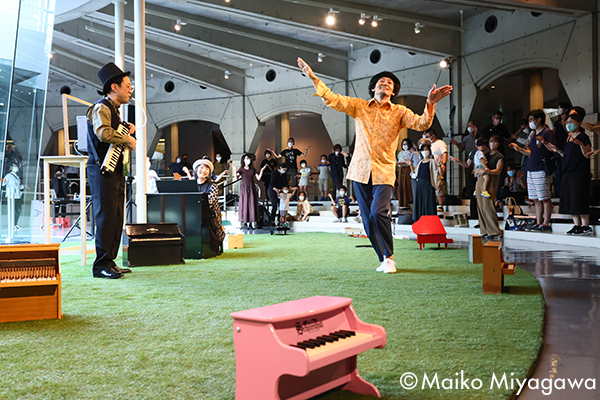
Dance no aru Hoshi ni Umarete (Sep.2021)
Photo: Maiko Miyagawa

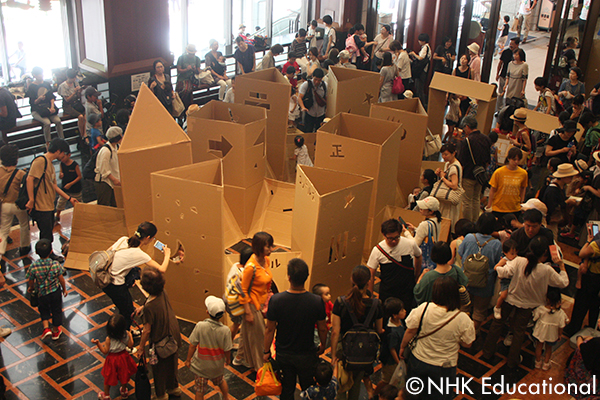
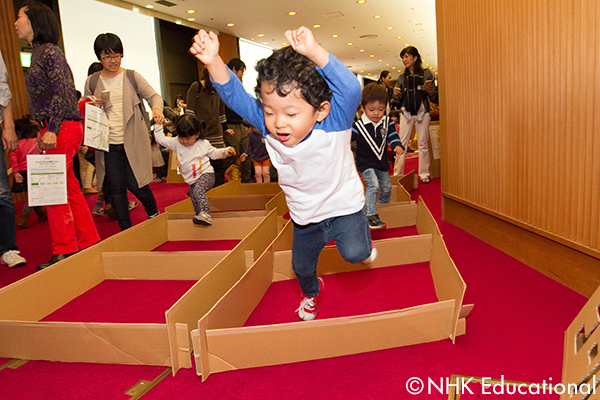
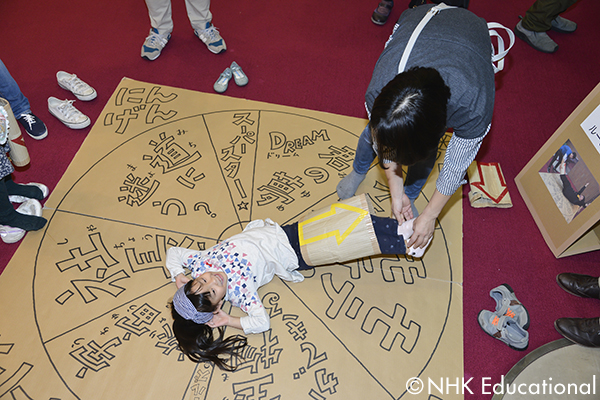
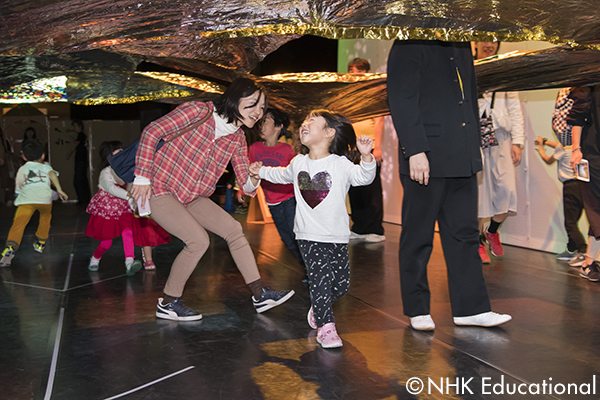
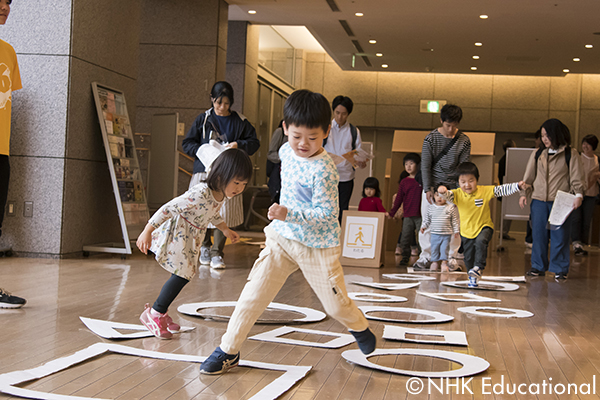
Condors’ Asoiku
Photo courtesy of.NHK Educational

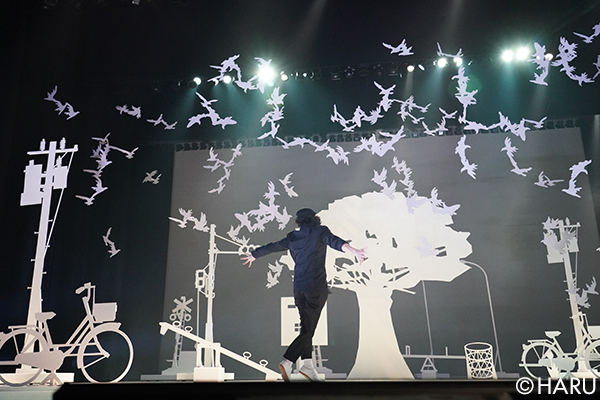
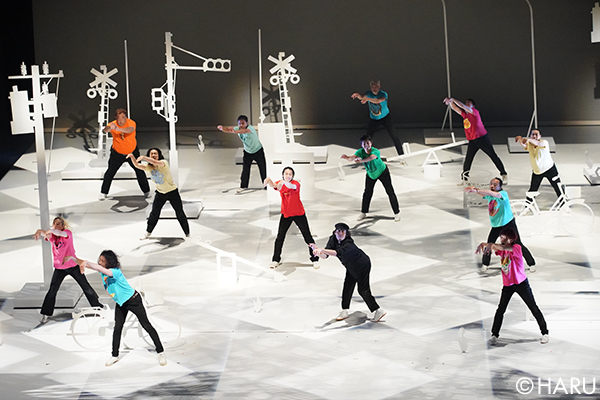
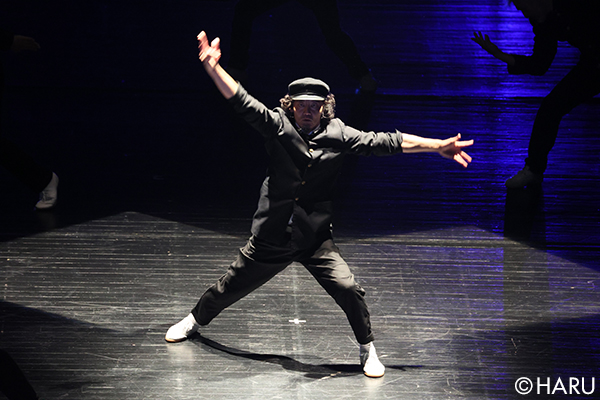
Condors Free as a Bird
(Jun.2021 at Saitama Arts Theater – Main Theater)
Photo: HARU
Condors web site
https://www.condors.jp/
*1 Kagurazaka Session House
Established in 1991, it is a theater space in the Kagurazaka district of Tokyo. It also functions as a lesson studio space and gallery. In their early years, the members of the Condors company also gathered and did their original creation work here. The “Ringo Kikaku” (Apple Planning) series of events held regularly at the theater were long the base for Ryohei Kondo’s creation and experimentation.
*2 New Bon Odori NEO
Sponsored by Toshima Ward and Owlspot Theater (Toshima Mirai Cultural Foundation), the New Bon Odori series was created by Ryohei Kondo. The Bon Festival dance events that are held with local residents involved in Ikebukuro West Exit Park have become a much loved fixture of the summer holidays of Toshima Ward since 2009.
Related Tags